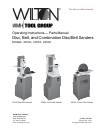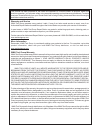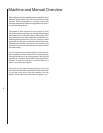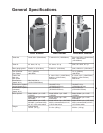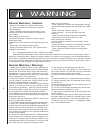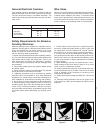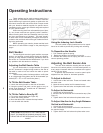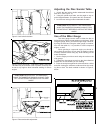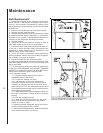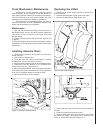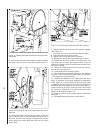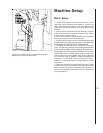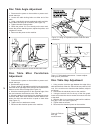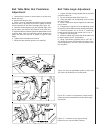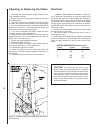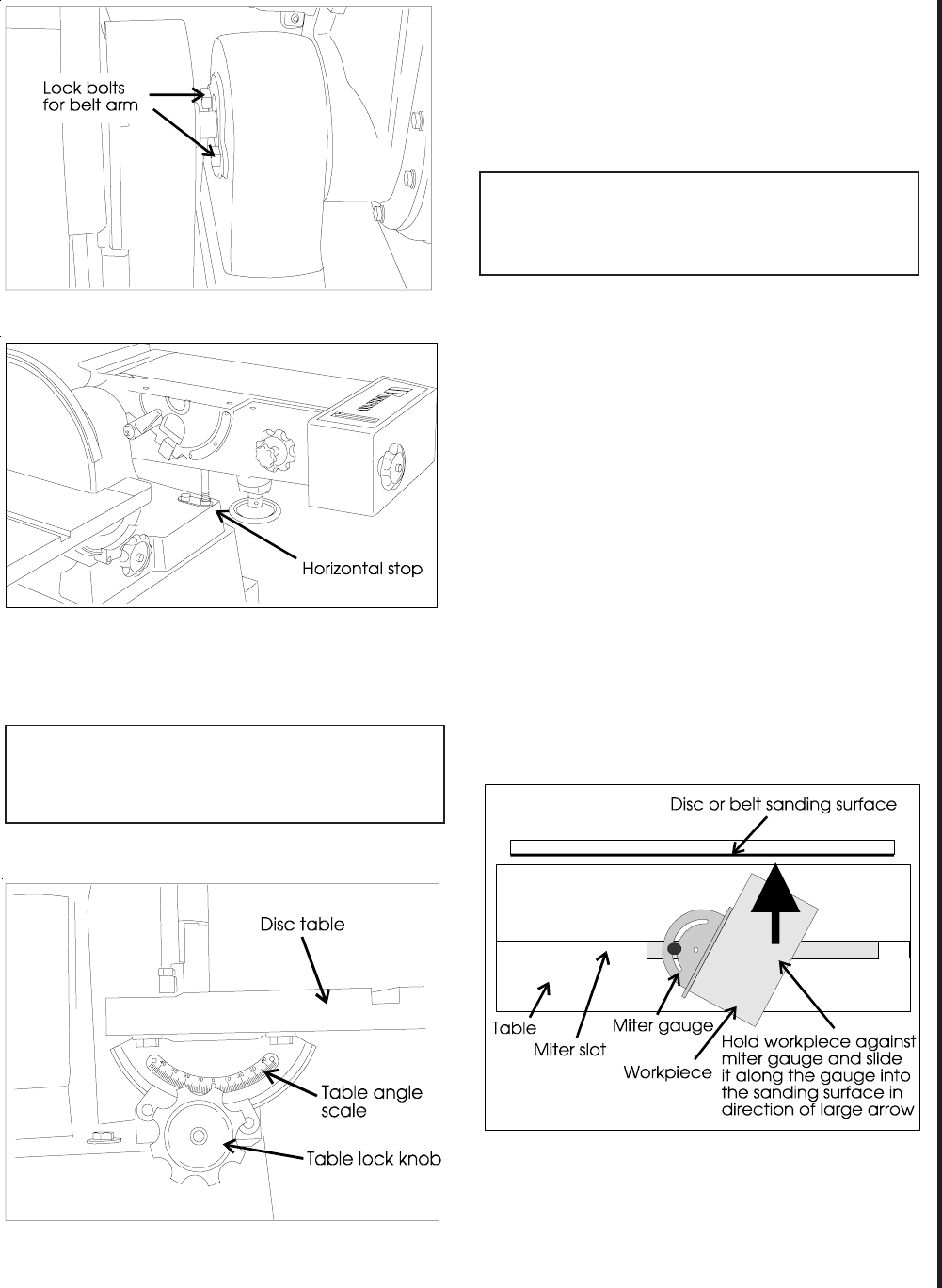
9
Figure 2: Lock bolts for belt arm
Figure 3: Arm at horizontal -- note that the table is removed.
The table may be removed or left in position, and may also
be set to any angle to allow horizontal sanding of various
angles.
CAUTION: NEVER ADJUST THE ARM ANGLE
WHILE THE SANDER IS RUNNING. ALWAYS TURN
OFF THE MOTOR BEFORE ADJUSTING THE ARM
ANGLE.
Figure 4: Disc sander table adjustment
Adjusting the Disc Sander Table
1. Unlock the two locking knobs underneath the table at
each end. (See Figure 4.)
2. Using the pointer and scale, set the angle to any re-
quired angle between 20
o
upward and 45
o
downward.
3. Lock the two locking knobs underneath the table.
CAUTION: NEVER ADJUST THE TABLE ANGLE
WHILE THE SANDER IS RUNNING. ALWAYS TURN
THE MOTOR OFF BEFORE ADJUSTING THE TABLE
ANGLE.
Figure 5: Use of the miter system
Use of the Miter Gauge
The miter gauge can be used on either the disc or
belt surfaces to sand accurate angles on workpieces. When
using the gauge, alone, you sand a single angle. However,
by tilting the table and using the miter gauge in combina-
tion with the table tilt, it is possible to sand compound
angles, as well.
When grinding a compound angle you should al-
ways check the accuracy of your setup by sanding a piece
of scrap material before doing any finish sanding on the
actual workpiece.
1. Set the angle you wish to sand using the scale on the
miter gauge.
2. Tighten the miter gauge securely so the miter reference
surface will not move while you are sanding.
3. Place the workpiece against the miter reference surface
and slide it along the reference surface and into the sand-
ing disc or belt. The basic method is shown in Figure 5,
below.



